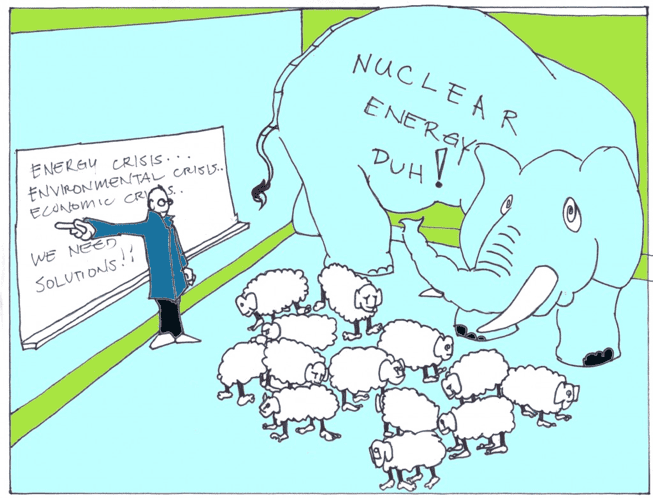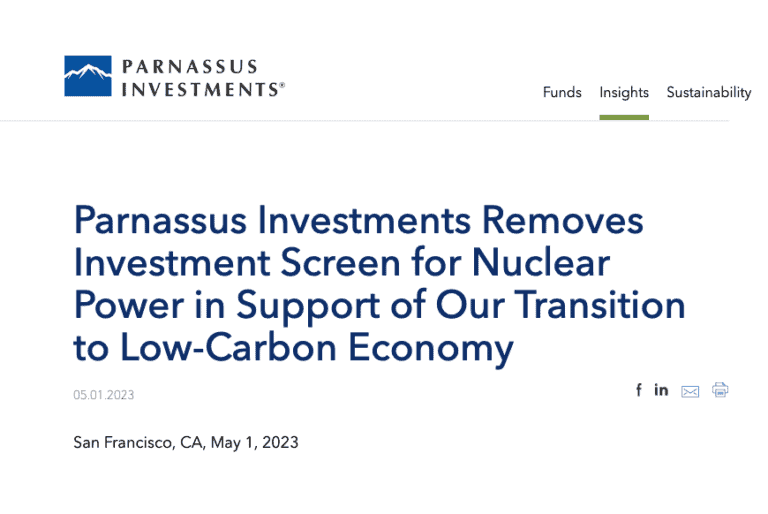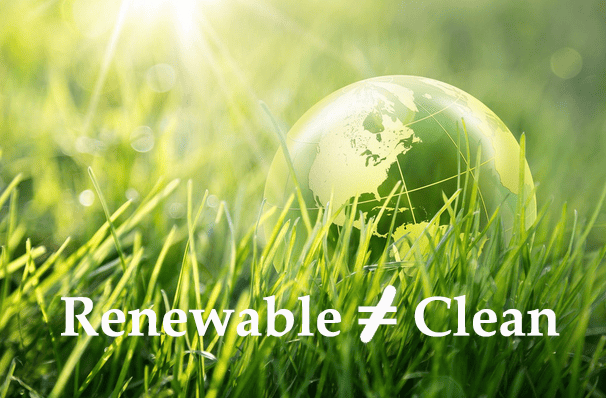Why did The Energy Gang overlook the newsworthy impact of nuclear energy on COP28?
The Energy Gang’s Dec 15 episode discussed the major outcomes from COP28. Ed Crooks (@Ed_Crooks), Dr. Melissa Lott @mclott, and Amy Harder (@AmyAHarder) completed the show without mentioning nuclear energy. That episode of the long-running, respected energy podcast was produced just four days after a focused episode reporting on #nuclear energy’s important role at COP28….






